In collaboration with the Children and Youth Council of BookCity Institute and the Central Bookstore
By Tayebeh Ejeie
Children’s Section Manager at BookCity Institute
Children are introduced to books and stories from a very young age, and their first experiences with literature and storytelling can significantly influence their future reading interests and habits. With the increasing use of digital tools and the high volume of content produced on digital platforms, enhancing the visibility of books has become more crucial than ever. Front-facing shelves and attractive cover designs are effective tools in making books more visible and fostering a love for reading among children. This article examines the role of cover design and book arrangement in the children’s section of bookstores and explores their impact on children’s cultural, economic, and personal development.
Bridging the Gap Between Books and Children
While cover design is important for any book as it forms the first visual connection with the reader, it is particularly crucial for children’s books. This is especially true for pre-school children who haven’t yet learned to read. In this age group, children respond more to images and colors, and an attractive cover design can play a decisive role in capturing their attention. A creative and child-friendly cover can help stimulate a child’s imagination and curiosity, guiding them towards reading the book. Since children at this age cannot directly understand the book’s content through text, the cover acts as a bridge between the book and the child, significantly influencing book selection and sales.
“Look at Me”
A book cover is not only the first point of contact between a child and the book but also a way to introduce the story and characters in an appealing and simple manner. Front-facing shelves in the children’s section of bookstores provide an opportunity for book covers to be better seen and attract children’s attention. Unlike traditional shelves where only the spine of the book is visible, displaying the full cover allows children to make their selection based on images and cover design, potentially choosing books they might have overlooked if only the spine was visible.
“This is My Choice”
Direct display of covers and the accessibility of books due to shelf height allow children to have an independent book selection experience. Children can choose books that appear interesting at first glance, an experience that strengthens their sense of independence in decision-making. This feeling of independence reinforces the child’s personal connection with their chosen books.
The Colorful World of Books
Front-facing shelves create an attractive and dynamic space. By displaying a wide range of genres, topics, and characters in an organized and appealing manner, bookstores can attract a broad spectrum of children and parents with diverse interests. This approach makes it easier for children to select different books and allows them to immerse themselves in a world of varied stories and subjects. This extensive access also assists parents in choosing more suitable books for their children.
More Enjoyable Shopping, Increased Sales
Beyond cultural impacts, front-facing book shelves can play a significant economic role in the success of children’s book section sales. In the summer of 2024, the Central BookCity bookstore, in collaboration with the Children and Youth Council of BookCity Institute, changed the shelves in its children’s book section. After switching to front-facing shelves, the store has been able to significantly increase sales in this section. These changes have not only attracted more children and parents but have also made the shopping experience more enjoyable and efficient for them. Therefore, such simple changes in display and arrangement can also be economically beneficial for bookstores.
Final Thoughts
In an era filled with digital distractions, front-facing shelves, displaying book covers in full view, create an innovative and attractive space for children. Such an environment helps foster an interest in reading and plays a crucial role in attracting children to bookstores and increasing book sales. This type of arrangement allows children to choose independently and according to their personal interests. This interactive experience encourages them to return to bookstores and develop lifelong reading habits.
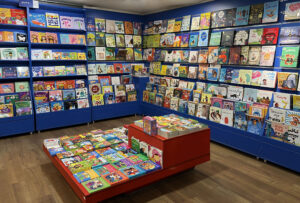
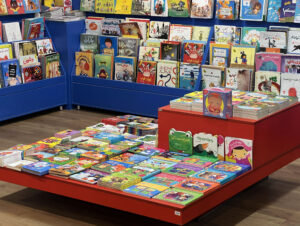
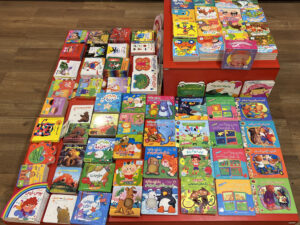
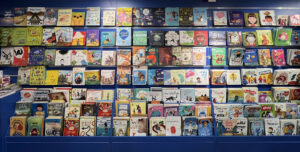
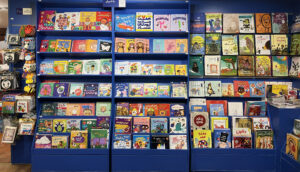
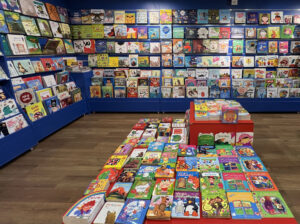
Tags: Central BookCity, Children, Desgin, Sotre Design
Leave a Reply